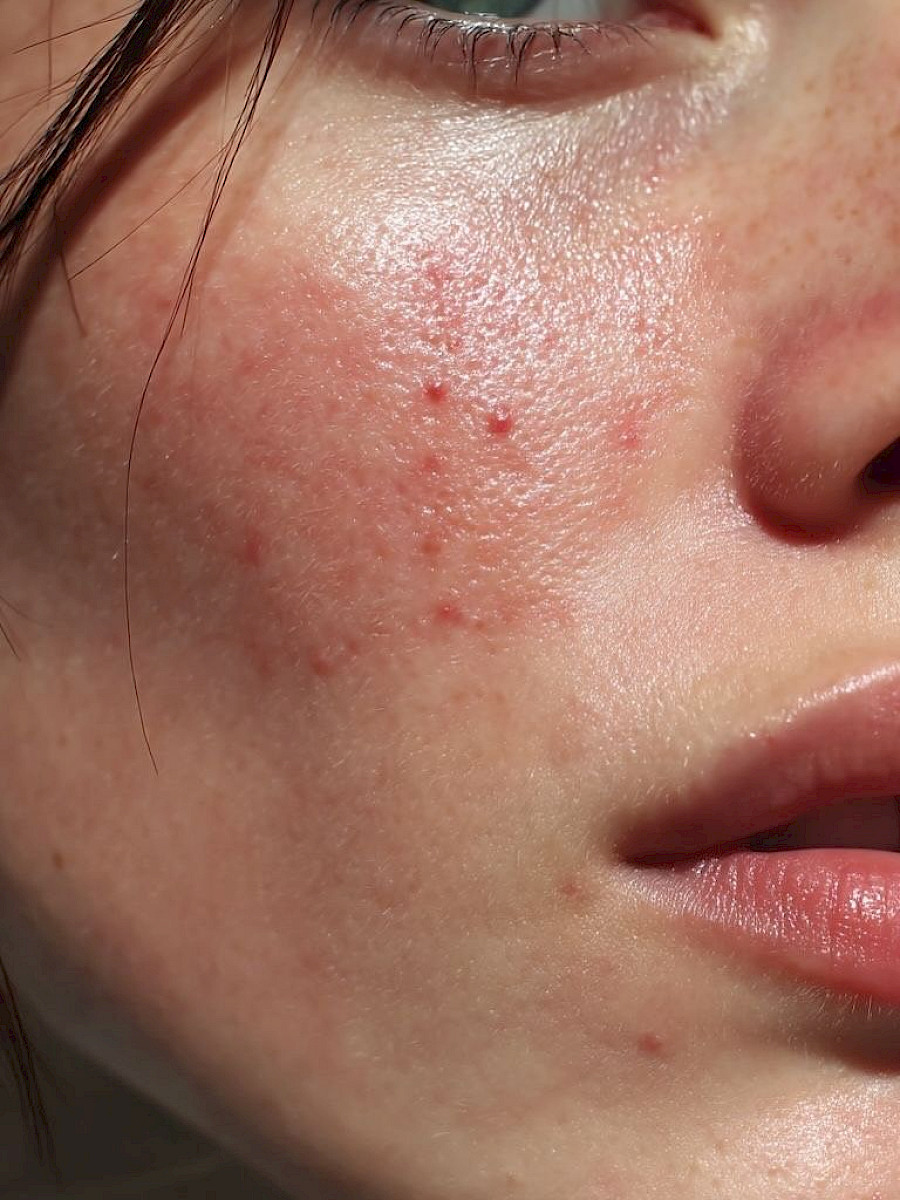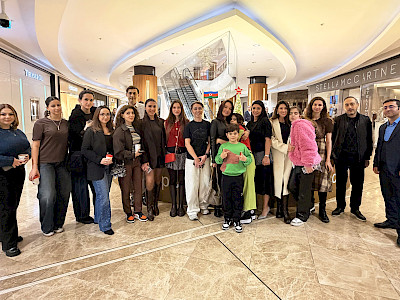
Let us start from the basics. What is inflammation?
Inflammation is the natural response of the skin when it feels stressed or irritated. It is the way the skin protects itself and heals. When inflammation is strong, you can see it. When it is invisible, it sits under the surface and slowly affects the skin every day. This is why many people have irritated or sensitive skin without knowing the real cause.
Invisible inflammation always begins quietly. A little redness after cleansing. A small breakout. A tired look even when you slept well. Nothing dramatic, but the skin feels reactive. Today invisible inflammation is one of the main reasons why the skin loses its glow and balance.
Why Invisible Inflammation Happens?
Invisible inflammation has many triggers, and they appear in daily life.
City dust, dry indoor air, hormonal shifts, stress, long hours on the phone, poor sleep and travel all affect the skin barrier and make it sensitive. A single trigger is small, but together they create long term irritation. Active ingredients also play a role. They are the ingredients that bring real change. Retinol, niacinamide, AHAs, BHAs, vitamin C, hyaluronic acid and peptides can brighten, exfoliate, repair and smooth the skin. If a product says calm, glow, renew or protect, it usually contains an active. These ingredients are helpful, but too many actives at once overwhelm the skin. This weakens the skin barrier and leads to redness, irritation and invisible inflammation. This is why many people think they have sensitive skin when in fact the routine is simply too heavy.
What Invisible Inflammation Does to the Skin?
The signs of invisible inflammation appear slowly. A little redness. Breakouts that return. Uneven texture. Lines that look deeper. A glow that becomes weak. Products that stop working the way they used to. When the skin is inflamed, its natural functions drop. Hydration falls. Repair slows. Collagen breaks faster. The barrier becomes thin and reactive. The skin loses its calm look and feels sensitive to almost everything. These are classic signs of invisible inflammation and barrier damage.
How to Calm Invisible Inflammation?
Skincare
The first step is to create a routine that feels light and gentle.
Too many serums and too many layers overload the skin. To heal the skin barrier, the routine must be simple, calming and consistent.
Use ingredients that work well together.
Ceramides, centella, niacinamide, panthenol and peptides bring comfort and help the skin barrier repair itself.
Hyaluronic acid can be used for hydration because it works with almost everything.
Avoid mixing strong actives in the same routine.
Retinol and acids do not work well together.
Vitamin C with acids can cause irritation.
Acid cleansers plus AHA or BHA serums can make the skin sensitive very fast.
Choose one active ingredient for the evening and keep the morning routine soft.
A calming routine is very simple:
A soft cleanser.
One calming serum.
A simple moisturizer.
SPF in the morning.
This helps repair the skin barrier, reduce redness and bring back a healthy glow.
Lifestyle Habits That Reduce Inflammation
Invisible inflammation is not only about products.
The skin reflects your sleep, your meals, your stress and your daily rhythm. These habits help reduce inflammation and support a healthy skin barrier.
Easy Daily Steps
-
Start the morning with warm water. It wakes the digestion and reduces puffiness.
-
Add healthy fats to breakfast. Avocado, nuts, chia seeds and olive oil support skin hydration from within.
-
Drink mineral water or add a pinch of salt to filtered water. This keeps the cells balanced throughout the day.
-
Reduce sugar on workdays. Sugar increases inflammation quickly and affects breakouts and redness.
-
Move a little throughout the day. Short walks support blood flow and reduce stress hormones.
-
Get fresh air. Even a few minutes outside helps calm the nervous system and lowers inflammation.
-
Sleep earlier at least twice a week. The most restorative sleep happens in the first part of the night. Falling asleep around 22:00 supports hormone balance, collagen repair and a calmer skin barrier. This is why early sleep feels more restoring than sleeping the same hours after midnight.
A Simple Routine for People Who Work From 09:00 to 18:00
Morning
-
Wash your face with water
-
Use a hydrating serum with centella
-
Apply a simple light moisturizer
-
Finish with SPF
After Work
-
Oil cleanser.
-
Soft second cleanser if needed.
-
Calming serum with panthenol.
-
Nourishing cream.
Before Bed
-
Stretch for five minutes.
-
Put your phone away one hour before sleep.
-
Drink warm tea or water.
-
Read or journal to calm the mind.
-
Meditate if you have the energy.
This lifestyle routine keeps the skin barrier strong, reduces inflammation and supports calm and healthy skin.
The Beauty of Skin that Heals Slowly
There is beauty in caring for the skin without pressure. Invisible inflammation is not a mistake. It is a quiet reminder that the skin needs softness. With gentle care and simple habits, the skin slowly returns to balance. The tone becomes even. The redness fades. The glow returns. The skin finds its peaceful rhythm again.



